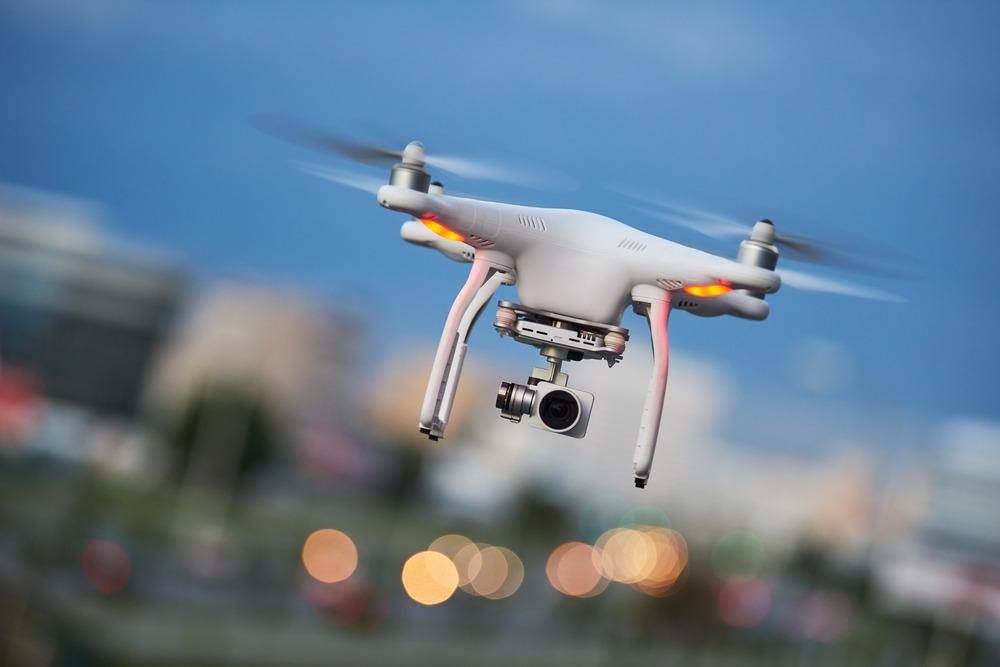Environmental pollution is the introduction of pollutants into the environment, with the most harmful originating from economically critical human activities like power generation, agriculture, heavy industry, and transportation. It can be split into three types: air, land, and water.
Pollution is a massive problem: 4 billion people in Asia and the Pacific alone are exposed to hazardous and potentially life-threatening levels of air pollution. Levels of common air pollutants in cities across the world regularly exceed targets. In addition, oceans are becoming choked with plastic, and major oil spills compound the issues faced by marine ecosystems.
Urban areas are the most affected. However, pollution travels from these population centers to ecosystems. Eight million tons of plastic waste end up in the ocean every year, so much so that the “Great Garbage Patch” in the middle of the Pacific Ocean is made up of 1.6 million square kilometers (about half the area of India) plastic waste and marine debris. Furthermore, industrial and agricultural chemicals have been found in Antarctica.
The Importance of Technological Innovation for Anti-Pollution Strategies
Technological innovation has provided humanity with the solutions to complex problems over the long course of history. Mitigating and remedying the damage done by human activity to the environment, restoring ecosystems, protecting biodiversity, and creating more sustainable industries and power are challenges governments and environmental scientists face.
One piece of the environmental jigsaw is providing effective anti-pollution strategies. While we may not be able to 100% reverse the negative effects of industrialization, technological innovation is helping to limit the damage and make the world a cleaner place. Aside from mitigating pollution and damage already caused, another major challenge is creating greener technologies that do not pollute as much as existing ones.
How Can Robotics Help Overcome the Challenges?
In recent decades, robots have been at the forefront of technological innovation in many key industries. Automation, the ability to operate in harsh environments, and improved AI in robots are some of the benefits that help robotic technologies overcome challenges that would otherwise prove difficult for humans.
Robots can help automate industrial processes and improve them through measuring environmental dangers, increasing energy efficiency. IoT-based modeling aids robots in assessing toxicity levels in both factories and field operations, thus reducing the level of greenhouse emissions and waste pollution. Autonomous robots can also sort through materials, determining which can be recycled rather than destroyed.
Examples of Robots Being Used in Anti-Pollution Strategies
Currently, there are numerous innovative projects using robots that are seeking to clean up our environment. These are helping to roll back the environmental damage that has been caused by centuries of human activity. Robots have been developed to monitor coral reefs and even reduce carbon emissions by working in the hazardous conditions of sewers.
The year 2019 saw drones tested in Greece to monitor air pollution and provide crucial information on air quality. Their advanced sensors provided data on levels of pollutants, atmospheric pressure, humidity, and temperature. Additionally, drones were used in Thailand to remove pollution from the air by spraying water and non-hazardous chemical sprays. Drones and UAVs are also being used to monitor pollution in China and illegal logging in Brazil.
Working with the Woods Hole Oceanographic Institution, MIT has developed robotic boats to monitor ocean pollution, collecting samples and detecting leaked chemicals. Scientists working on the project have created a model that uses probability to identify the most promising targets for monitoring, improving previous projects that suffered from problems with accuracy.

Image Credit: Dmitry Kalinovsky/Shutterstock.com
In the Republic of Korea, local governments and the United Nations Environment Program have partnered to produce robots that monitor air pollution. In 2021, autonomous robots that use 5G technology were implemented to monitor air quality in an industrial complex in the country's south.
The Ocean Cleanup, a Dutch nonprofit organization, uses robotics to tackle plastic waste and ocean pollution and has now turned its attention to rivers, the source of most plastic waste in the oceans. The nonprofit employs a 2,000-foot-long unmanned floating barrier in the Pacific Ocean and solar-powered autonomous trash collectors deployed in rivers in the Dominican Republic, Malaysia, and Indonesia with the intention to expand this to the 1,000 most polluted rivers by 2025.
Future Outlook for the Use of Robots in Anti-Pollution Strategies
Environmental robots face several issues. To effectively tackle the scope of pollution, robots must be affordable and readily available.
Current technological limitations also exist, such as the extent of autonomous ability these robots will have, along with AI integration challenges. However, as new technologies are developed, the robots used for monitoring, mitigating, and reversing environmental damage from pollutants are continuously improved.
The global robotics industry is predicted to grow to a value of between USD $1.7 trillion and $4.5 trillion by 2025. Machine learning, swarm robotics, nanotechnology, and ecobots (self-sustainable, energetically autonomous robots) are being researched and developed for environmental robot applications. As this industry evolves, the use of robots for anti-pollution strategies will provide tangible benefits for the continued efforts in protecting our environment for future generations.
Continue reading: Robotic Fish Design and Underwater Pollution Control.
References and Further Reading
National Geographic Society. (2021) pollution. [online] Available at: https://www.nationalgeographic.org/encyclopedia/pollution/
Iotforall.com (2021) Robotics Against Pollution: How Can Robots Help Take Care of the Environment? [Online] Available at: https://www.iotforall.com/robotics-against-pollution-how-can-robots-help-take-care-of-the-environment
United Nations Environment Programme (2021) UNEP partners with local Korean governments to combat air pollution [Online] Available at: https://www.unep.org/news-and-stories/story/unep-partners-local-korean-governments-combat-air-pollution
Van Wynsberghe, A & Donhauser, J (2018) The Dawning of the Ethics of Environmental Robots Science and Engineering 24 pp. 1777-1800. Available at: https://doi.org/10.1007/s11948-017-9990-3
Disclaimer: The views expressed here are those of the author expressed in their private capacity and do not necessarily represent the views of AZoM.com Limited T/A AZoNetwork the owner and operator of this website. This disclaimer forms part of the Terms and conditions of use of this website.